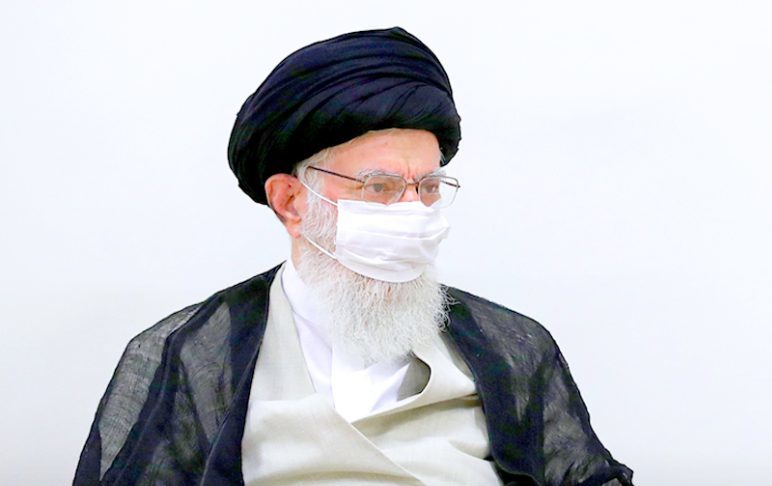In spite of the Iranian leaders’ claim that their nuclear program is for peaceful purposes, evidence reveals that the Iranian regime has long sought to acquire nuclear weapons. It should also not come as surprise that the ruling mullahs of Iran are declining to answer the IAEA’s questions.
Logg inn for å lese videre (abonnenter).
Støtt uavhengige nyheter!
Bli abonnentPluss-artikler blir åpnet 48 timer etter publisering. Artikler som er eldre enn to år er forbeholdt abonnenter.






